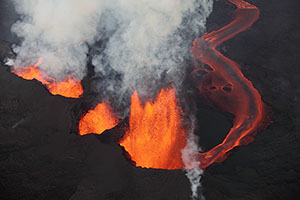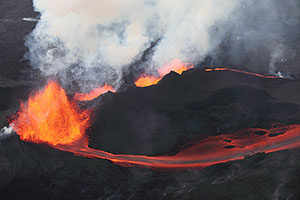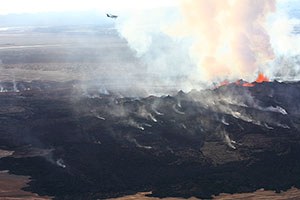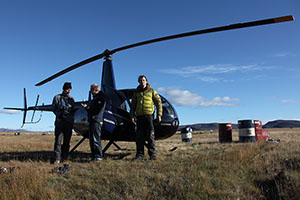

 |
 |
 |
 |
 |
 |
 |
 |
 |
 |
 |
 |
 |
 |
 |
 |
 |
 |
 |
 |
 |
 |
 |
 |
 |
 |
 |
 |
 |
 |
 |
 |
 |
 |
 |
 |
 |
 |
 |
 |
 |
 |
 |
 |
 |
 |
 |
|
Cones along fissure |
Cones along fissure |
Close-up cone in foreground of image to left |
 |
 |
 |
|
Lava flow emitted from foot of cone |
 |
 |
|
Fissure and lava field growing around it |
Fissure and lava field with airplane above |
 |
|
|
Gas clouds above fissure illuminated by eruption, viewed from Modrudalur |
Northern Lights (Aurora Borealis), commonly seen in Iceland |
 |
 |
|
Roadblock at turning off main ring road |
Road-block with 4WD patrol vehicle |
 |
 |
|
Matthias's Raven R44 helicopter of volcanoheli.is |
Doors off, ready for flight. Gas from eruption in distance above heli nose |